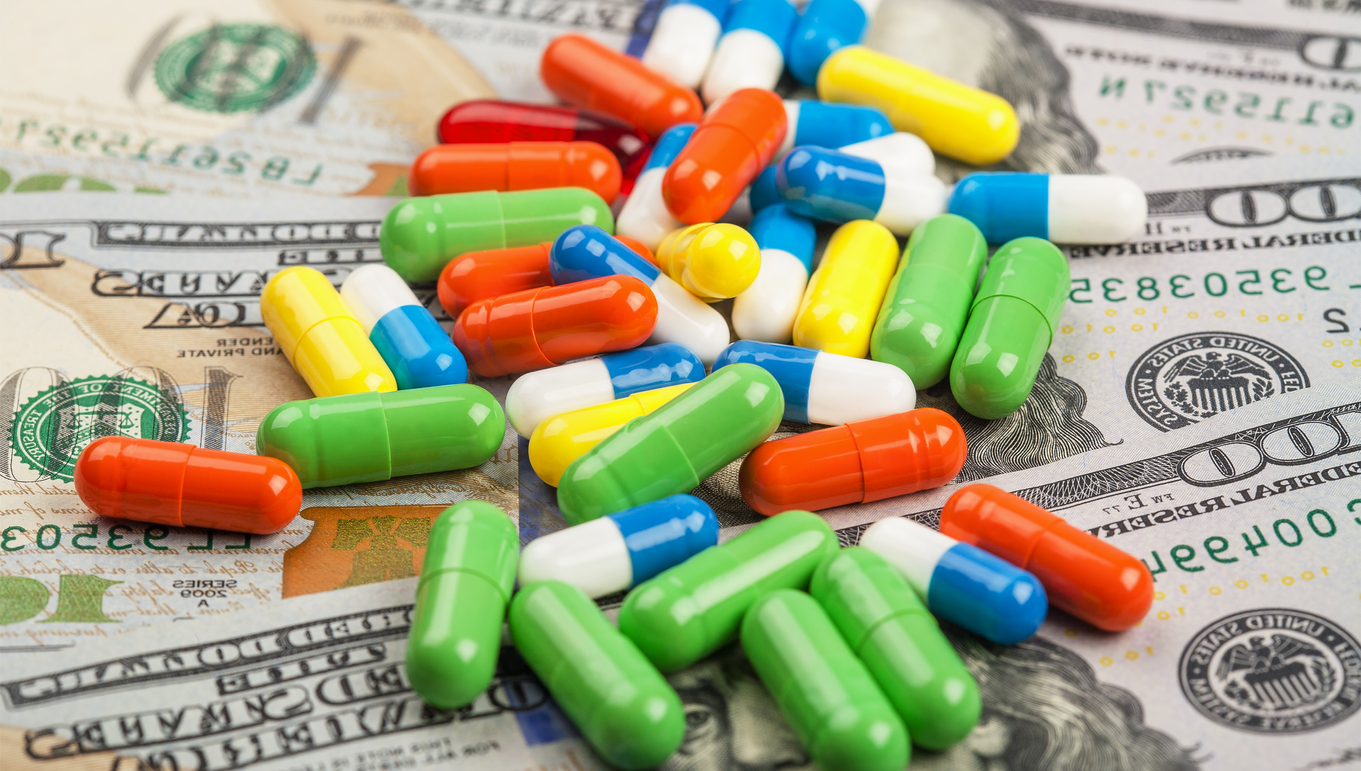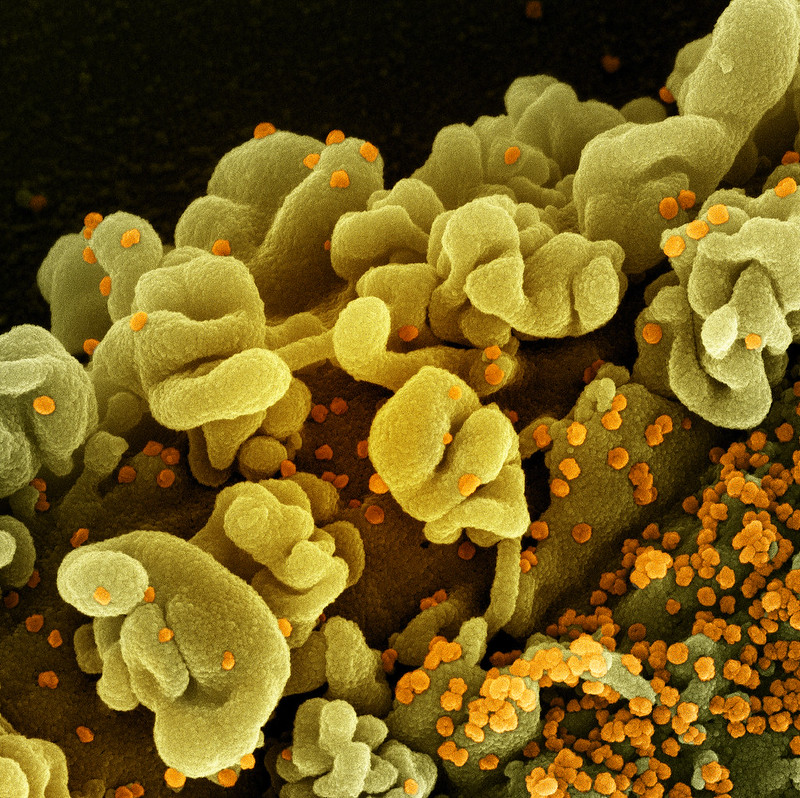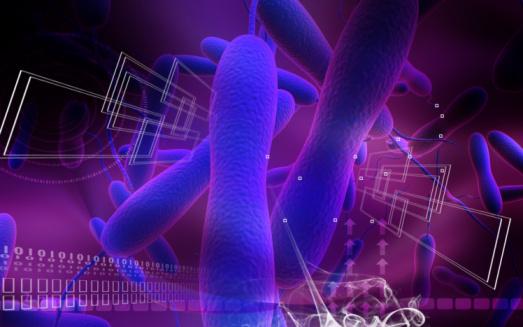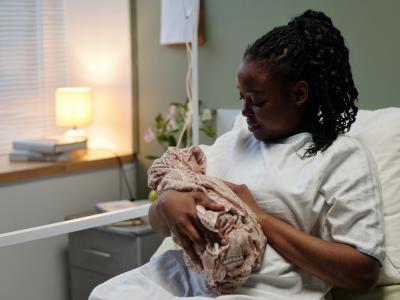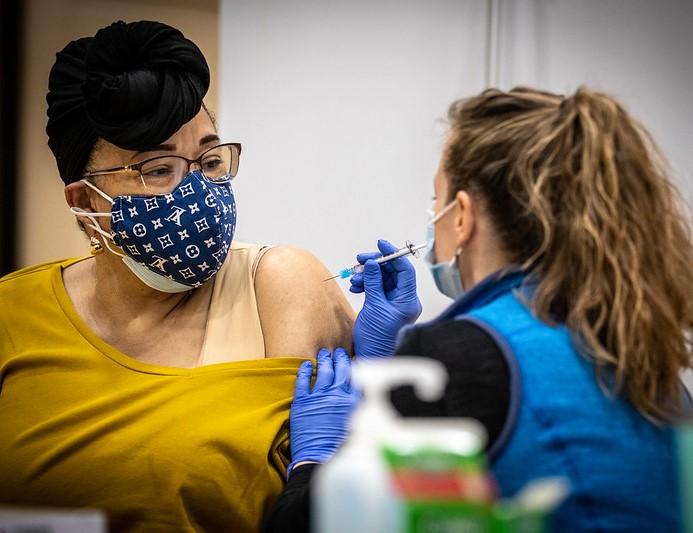
Three Pfizer/BioNTech COVID-19 vaccine doses stimulate long-term immune responses against SARS-CoV-2 similar to breakthrough infection plus two doses, while four doses only temporarily increase antibody levels, according to a new study in the International Journal of Infectious Diseases.
Every 2 to 4 months, researchers at Ziv Medical Center in Israel measured anti-spike SARS-CoV-2 immunoglobulin G (IgG) levels in healthcare workers (HCWs) who received at least two Pfizer COVID-19 doses and either had more doses and/or were infected up to 22 months after the second dose.
The study, which ended in September 2022, was a follow-up to one published in Clinical Infectious Diseases in March 2022.
Fourth dose may be best suited for high-risk groups
Most workers (62%) had received three COVID-19 vaccine doses, while 16% received two, 14% had four, and 8% had one, of whom 70 were vaccinated after infection.
Among 993 HCWs, infection after dose two led to higher IgG geometric mean titers (GMCs) than receipt of a third dose (4,285 vs 2,845 arbitrary units per milliliter [mL] 1 or 2 months after infection or vaccination).
The role of the fourth dose is different and may be more suited to providing additional short-term protection to individuals at high risk of severe outcomes, or during times of increased risk of exposure, such as periods of intense transmission.
Sixteen to 18 months after dose two, HCWs who were infected or received three or four vaccine doses had IgG GMCs higher than 500 arbitrary unit/ml, with no significant between-group differences. IgG levels leveled off 16 to 22 months after the second dose.
IgG levels surpassed the correlate of protection against the wild-type and Delta strains, but it's unclear clear how they stack up to those required against Omicron strains, which are probably much higher considering the lower effectiveness of the original Pfizer vaccine against Omicron, the researchers said.
Four to 6 months after a fourth dose, IgG levels had regressed to three-dose levels.
"The role of the fourth dose is different and may be more suited to providing additional short-term protection to individuals at high risk of severe outcomes, or during times of increased risk of exposure, such as periods of intense transmission," the study authors wrote.
